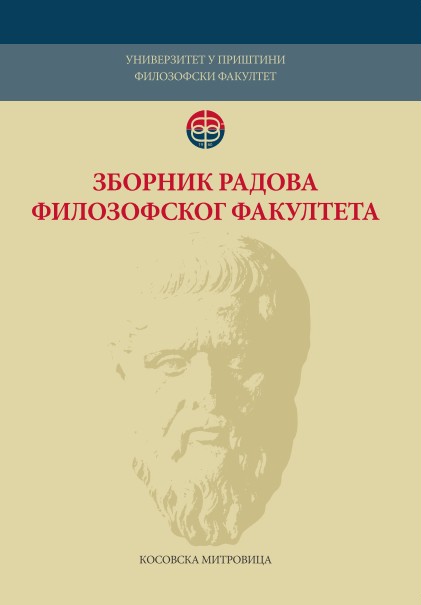Bilingual approach in the education of deaf and hard of hearing children
Bilingual approach in the education of deaf and hard of hearing children
Author(s): Tamara Kovačević, Ljubica S. Isaković, Radomir ArsićSubject(s): Education
Published by: Филозофски факултет, Универзитет у Приштини
Keywords: bilingual approach; education; deaf and hard of hearing children
Summary/Abstract: The bilingualism of deaf and hard of hearing children implies the knowledge and regular use of sign language, which is used by the community of deaf people, and of spoken language, which is used by the hearing majority. At preschool and school age, it is necessary to allow children to continue adopting the language that they started in the family (either sign language or spoken language). Children will adopt both language modalities best through interactions with other fluent speakers. Results of numerous studies indicate that the best approach in the process of development of speech and language and the education of the deaf and hard of hearing children is the bilingual approach. The aim of this approach is to develop communication skills in children, to provide a higher level of education for them, and to include them in the life of the community. It is necessary to improve the existing education system in the direction of developing a kind of a model that will respond to their specificities and limitations caused by their primary impairment.
Journal: Зборник радова Филозофског факултета у Приштини
- Issue Year: 49/2019
- Issue No: 4
- Page Range: 107-124
- Page Count: 18
- Language: English

